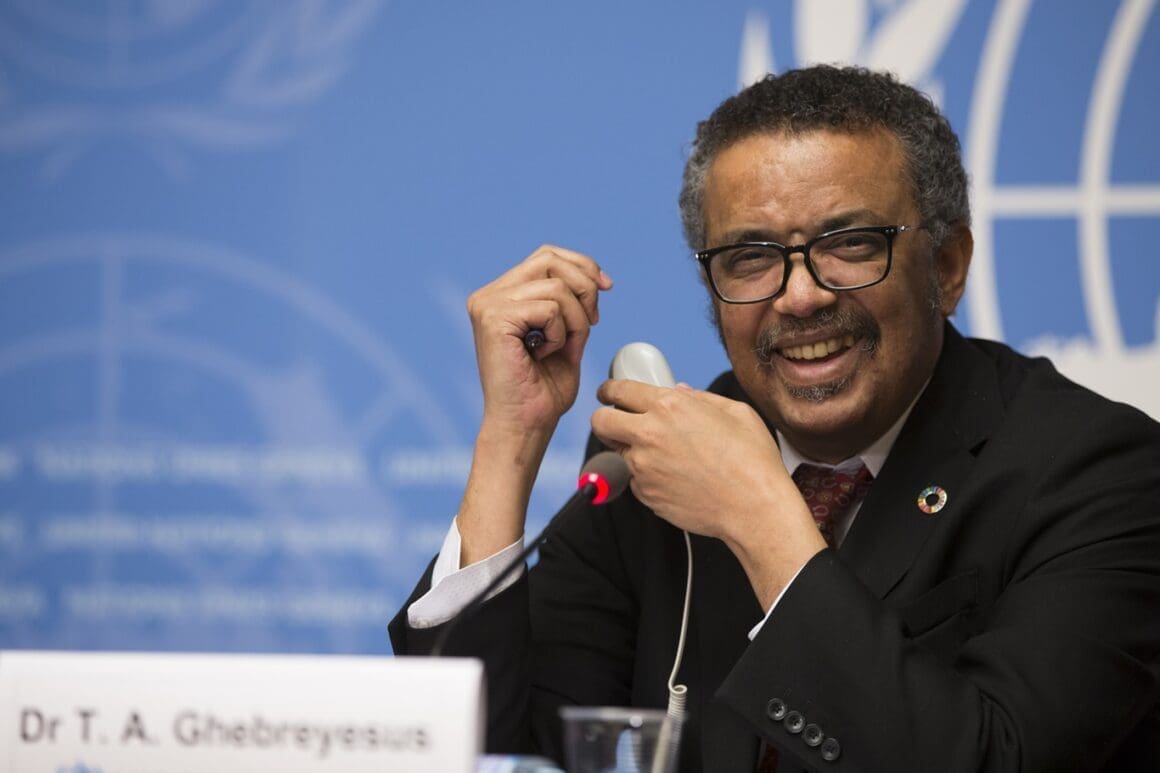Five years after the onset of COVID-19, which led to widespread lockdowns, economic challenges, and millions of deaths, the World Health Organization (WHO) and its member countries have agreed on a draft “pandemic treaty.” This treaty aims to establish guidelines for the global community in handling future health crises. After the world’s inadequate response to the coronavirus, the WHO was tasked with overseeing the formulation of this treaty in 2021. Negotiations concluded on Wednesday, and the agreement is slated for adoption next month during the WHO’s annual meeting in Geneva.
WHO Director-General Tedros Adhanom Ghebreyesus called it a historic achievement, emphasizing that nations can still collaborate to find common solutions in a divided world. The United States, following President Donald Trump’s decision to withdraw from the WHO in January, did not participate in the negotiations and is not expected to sign the treaty. Despite this, American scientific research significantly contributed to the development of effective COVID-19 vaccines and treatments. Argentina, under President Javier Milei, also left the WHO shortly after the U.S. withdrawal, citing significant disagreements with the organization.
The draft pandemic treaty has been described as a “product of compromise” by Rachael Crockett from the advocacy group Drugs for Neglected Diseases Initiative. She noted that the treaty includes strong provisions but only becomes effective if countries choose to implement them. A key aspect of the draft is a provision ensuring that countries sharing critical virus samples receive the resulting tests, medicines, and vaccines. The WHO would hold up to 20% of these products to ensure that poorer nations also receive supplies. Continued negotiations on this provision are expected even after the treaty’s likely acceptance in May.
While the treaty presents a framework for international cooperation, Crockett acknowledged that, as with much international law, there are limited consequences for non-compliance. Yuanqiong Hu from Doctors Without Borders highlighted that the treaty includes a mechanism for resolving disputes through diplomatic channels and arbitration. However, countries are already obligated by the International Health Regulations to swiftly report emerging outbreaks, yet these have been frequently ignored. Instances of non-compliance have been noted during the Ebola outbreaks in Africa, China’s handling of the early COVID-19 stages, and the U.S. response to the ongoing bird flu epidemic.
The Global Impact of the Pandemic Treaty
The pandemic treaty represents a significant step forward in preparing for future health emergencies. For ordinary individuals, the treaty could mean improved access to essential healthcare resources in the event of another global health crisis. The provision for equitable distribution of vaccines and medicines is particularly important for ensuring that less wealthy nations are not left behind in future pandemics.
Communities may benefit from enhanced international cooperation and stronger health systems, potentially leading to quicker containment of disease outbreaks. This could result in fewer disruptions to daily life, such as lockdowns and economic downturns. However, the treaty’s effectiveness will largely depend on the willingness of countries to adhere to its guidelines and the international community’s ability to enforce compliance.














